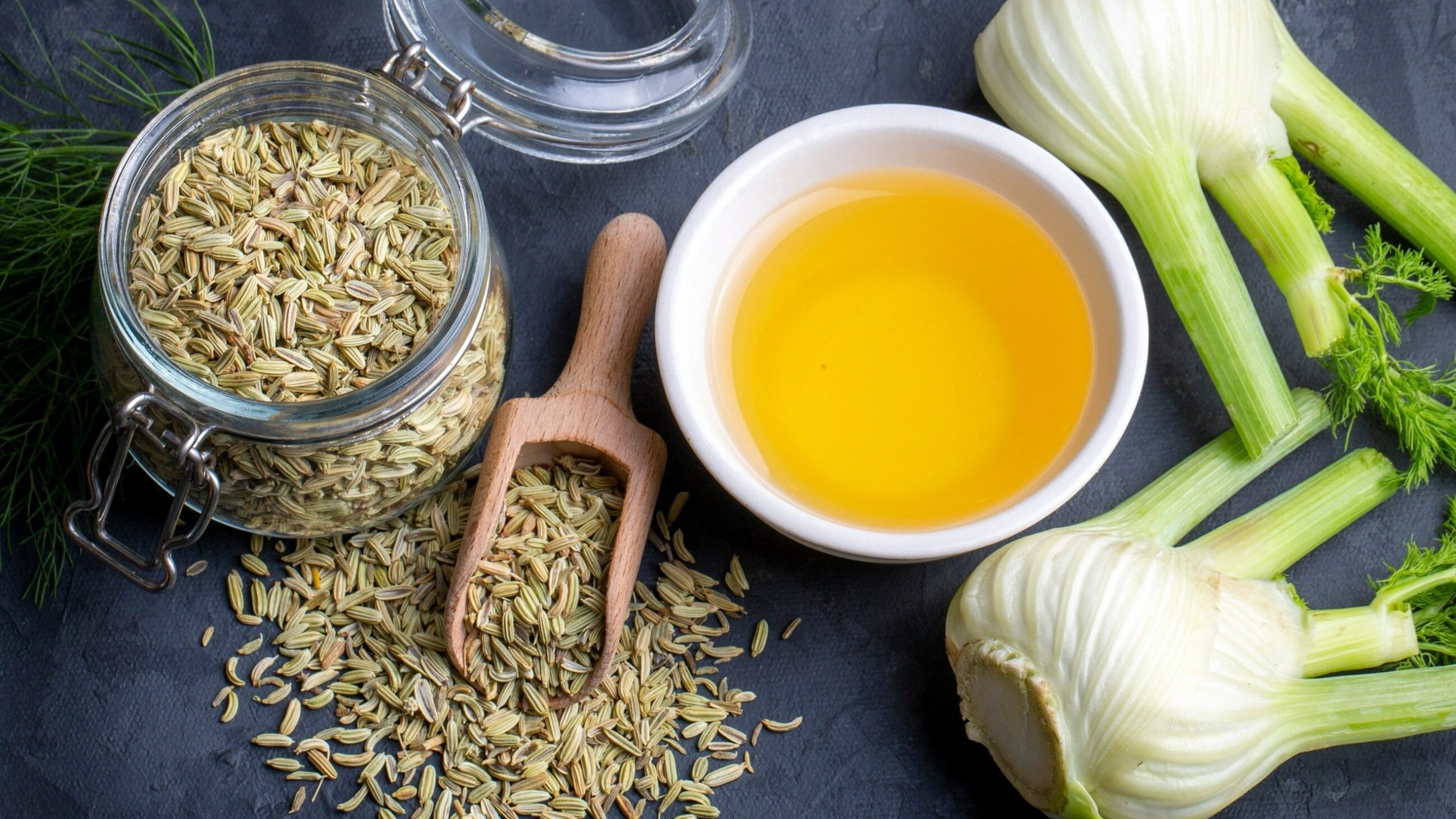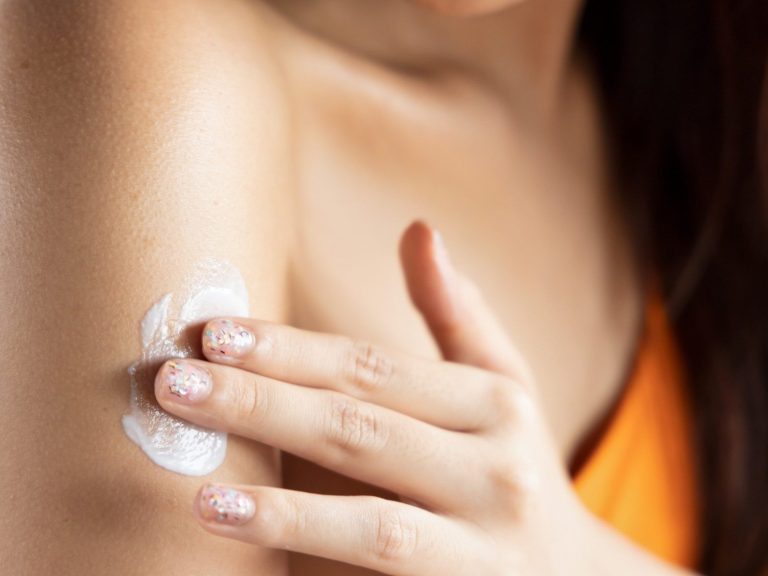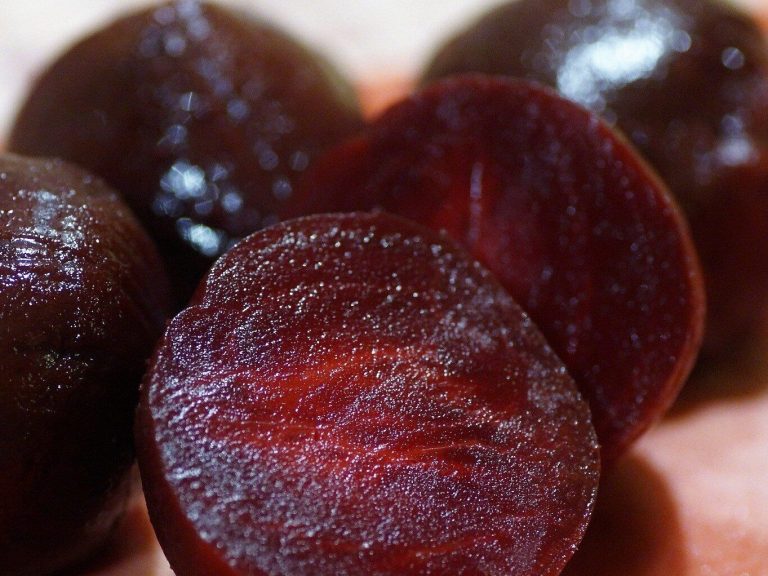Fennel has valuable properties and medicinal uses. See what it helps and how to dose it

Fennel is an aromatic vegetable that is beginning to gain great popularity in Poland. Until recently, fennel was associated primarily with colic teas for babies and lactation teas for breastfeeding women. Learn about other indications for using fennel for medicinal purposes
- Fennel – basic information
- Nutritional values of fennel
- What health properties does fennel have?
- Fennel as a cosmetic plant
- Fennel use and dosage
- The use of fennel in the kitchen
Fennel (fennel, sweet fennel, Foeniculum vulgare Mill.) is a plant from the Apiaceae family that naturally occurs in the Mediterranean region, but fennel is cultivated in many regions of the world. Fennel is a biennial or perennial plant. The characteristic smell of fennel makes it easy to find it among other vegetables – fennel gives off an anise aroma. You need to know that fennel is not only an aromatic vegetable, but also a herbal raw material that is worth having in your home medicine cabinet.
Although fennel is traditionally used for colic in infants and lactation in breastfeeding women, current recommendations for its use have changed. Lactation consultants emphasize that the most important things to stimulate lactation are frequent latching of the baby to the breast, using breast pumps, drinking plenty of water and correct feeding technique. Before using fennel seed tea, consult your doctor, pharmacist or lactation consultant.
Fennel – basic information
Fennel (Foeniculum vulgare Mill.) from the Mediterranean region is a vegetable with an interesting appearance. The plant has high requirements – growing fennel requires a warm, sunny position and fertile soil. This herbaceous plant reaches an impressive height of up to 2 meters and consists of a root, stem and leaves. After flowering, characteristic fruits appear, which are dried and used as a spice and herbal raw material.
The stem of fennel is straight and finely ribbed, its leaves are three-pinnate, the flowers appearing during the flowering period are small and gathered in umbels, and its fruit is a cylindrical schizocarp. Fennel fruit is a herbal raw material. In natural medicine, sweet and bitter fennel fruits are used. Fennel seeds are used not only for medicinal purposes, but also as a spice.
The fennel bulb, which is white or white-green in color and has a slightly spicy taste, is eaten as a vegetable.
Nutritional values of fennel
Fennel is a low-calorie and healthy vegetable that provides our body with numerous vitamins and minerals. 100 grams of fennel bulb provides approximately 31 kcal1.24 g of protein, 0.2 g of fat, 7.3 g of carbohydrates (including 3.1 g of dietary fiber, which belongs to complex carbohydrates).
Fennel is a good source of, among others: vitamin C, B vitamins and vitamins D, E and K. It also contains zinc, manganese, folic acid, calcium, phosphorus, potassium, magnesium, iron and selenium. It also contains rutin, quercetin, essential oils and other phytonutrients. Thanks to this, fennel has valuable properties, including:
-
anti-inflammatory effect,
-
antiseptic effect,
-
expectorant effect,
-
carminative effect,
-
estrogenic effect,
-
digestive-regulating effect.
Moreover, fennel has a relaxing effect on the smooth muscles of the digestive tract.
What health properties does fennel have?
Fennel is a vegetable that affects the entire body, providing a large amount of vitamins and minerals, as well as other valuable biologically active compounds. Thanks to its rich composition, fennel supports the functioning of the immune system, strengthens blood vessels, regulates blood pressure, helps maintain healthy and strong bones and teeth, slows down the aging process of the body, and also has anti-cancer properties by reducing free oxygen radicals.
The medicinal properties of fennel are used primarily for digestive system ailments among others digestive problems that appear after heavy meals.
Fennel effectively reduces painful abdominal cramps, which are caused by excessive tension of smooth muscles, flatulence and a feeling of fullness after a meal. The antiseptic and anti-inflammatory properties of fennel are used, among others, during oral infections – fennel infusion can be used to rinse the mouth in case of gingivitis and other diseases. Fennel essential oils make fennel effectively reduce the troublesome problem of unpleasant breath odor.
Fennel as a cosmetic plant
Fennel has a positive effect on the skin. Traditionally it is used, among others: for washing oily skin and soothing irritations and inflammations associated with seborrhea and acne. Moreover, fennel helps restore the skin’s healthy, radiant appearance and has a firming effect.
Fennel use and dosage
For medicinal purposes, fennel is used in the form of an infusion. The infusion is prepared from fennel fruits in the proportion of 1 tablespoon of fennel fruits per glass of boiling water. Fennel berries should be brewed covered for about 20 minutes. Ready-made products with fennel are available in pharmacies and herbal stores, e.g. infusion sachets.
Important! You should not consume large amounts of fennel infusion. The recommended daily dose for an adult is 2-3 cups. Traditionally, children are given fennel in the amount of 1 teaspoon several times a day.
Large doses of fennel have an adverse effect on health – they cause irritation of the gastric mucosa and intoxication. Long-term use of fennel is not recommended. Fennel infusion should only be used temporarily.
The use of fennel in the kitchen
Fennel bulbs can be eaten raw, for example added to salads. They can also be heat treated – fennel can be fried, baked, grilled, boiled and stewed. It gives an interesting flavor, e.g. to soups and one-pot dishes. It goes well with the taste of other vegetables, meat and fish.
Sources:
-
B. Kuźnicka, M. Dziak, Herbs and their use. History and the present – 3rd revised edition, National Medical Publishing House PZWL, Warsaw, 1984
-
Zbigniew Podbielkowski, Dictionary of useful plants, National Agricultural and Forestry Publishing House, Warsaw, 1989
-
Bohumír Hlava, Cosmetic plants, National Agricultural and Forestry Publishing House, Warsaw, 1984
-
Agnieszka Gawłowska, 500 fruits and vegetables, SBM Publishing House, 2015






